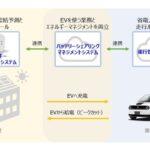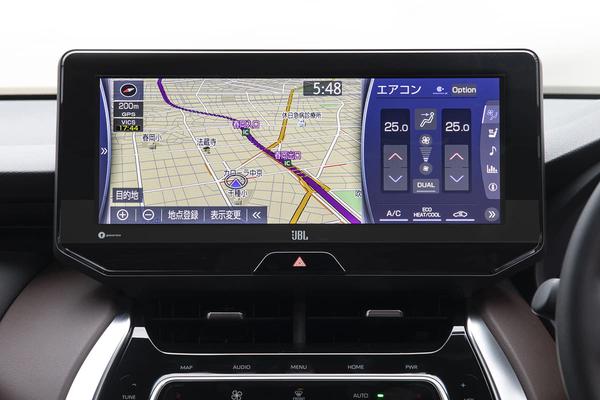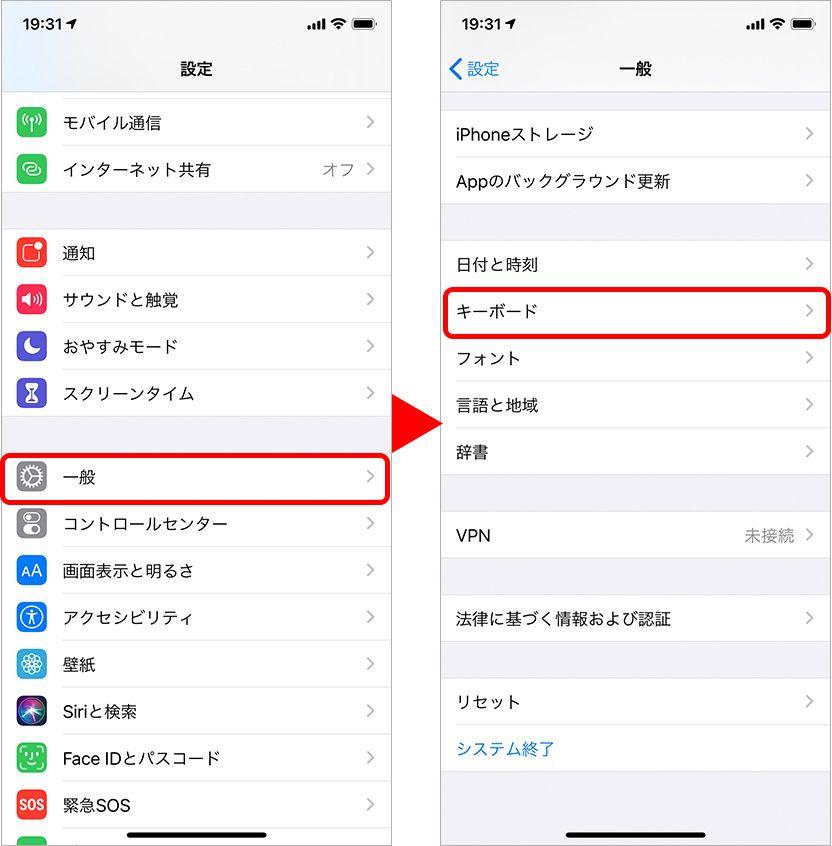Suzuhiro, Honda: Using EVs as storage batteries to start joint demonstration of energy management to efficiently exchange electricity between EVs and buildings
Suzuhiro introduced renewable energy equipment such as solar power generation and solar hot water supply systems to stores and factories, and ZEB (Zero Energy Building)*1 We are actively working on local production for local consumption of energy, such as building On the other hand, Honda aims to achieve carbon neutrality through all products and corporate activities related to Honda by 2050, such as researching the "Honda Smart Home System," which performs comprehensive energy management for buildings and vehicles. We are working on research and development of energy management technology that contributes to the expansion of the use of renewable energy. In this way, through initiatives aimed at a decarbonized society, we aim for local production and local consumption of energy as part of our recycling-oriented business initiatives, in line with the policy of Odawara City, Kanagawa Prefecture, which aims to achieve net zero CO2 emissions by 2050. Since Suzuhiro and Honda, which aims to commercialize an energy management system to expand the use of renewable energy, have the same direction, they will jointly carry out a demonstration test this time. This demonstration experiment was conducted mainly at the Suzuhiro headquarters in Odawara City, with EVs running mainly in Odawara City. Honda will prepare the EV and energy management system, and Suzuhiro will use them in his daily work. Specifically, the EV will be used when traveling, such as when visiting business partners, and will also be used as a storage battery when not in use, and will supply electricity from the EV to the Suzuhiro head office building as needed. Since the commercial EV is also used as a storage battery for energy management in the company building, it can be expected to have the effect of suppressing new investment in the storage battery for the company building. As a result, Suzuhiro and Honda will strike an optimal balance between "efficient use of electricity throughout the company building" and "efficient transportation using EVs," thereby reducing CO2 emissions. We aim to reduce electricity bills through reductions and peak cuts*2. In addition, through this demonstration experiment, Honda will verify the economic benefits for users and consider future energy management system business models. The demonstration uses three systems: an "energy management system" newly developed by Honda, an "operation management system" that optimizes energy consumption when using EVs, and a "battery sharing management system."

■Energy Management System Charges EVs during times when electricity prices are low, and cuts peak times by supplying power from EVs to the office building during times when electricity prices are high. This system utilizes the technology cultivated in the "Honda Smart Home System", which Honda has been researching at a demonstration house in Saitama Prefecture since 2012, and the AI installed in the system was installed in the company building. Predict power supply and demand after learning existing data such as solar power generation. ■ Operation management system Based on the EV usage schedule input by Suzuhiro employees when going out, vehicle data is used to calculate and propose the route that consumes the least amount of power and is efficient in the shortest time. . ■Battery sharing management system EV battery usage, such as when to run the EV, when to charge, and when to supply power from the EV to the company building, based on forecasts of power supply and demand in the company building and EV usage reservations. We will make overall adjustments regarding energy management and operation management in an optimal balance.
The period of the demonstration experiment is scheduled to be from February 2022 to February 2023.
*1 ZEB (Zero Energy Building) Abbreviation for Net Zero Energy Building. A building that aims to achieve a comfortable indoor environment while reducing the annual balance of primary energy consumed in the building to zero. *2Peak shaving: A method of reducing basic electricity charges by reducing power consumption during times of the day when power demand is high.
Honda Motor Co., Ltd./Honda














